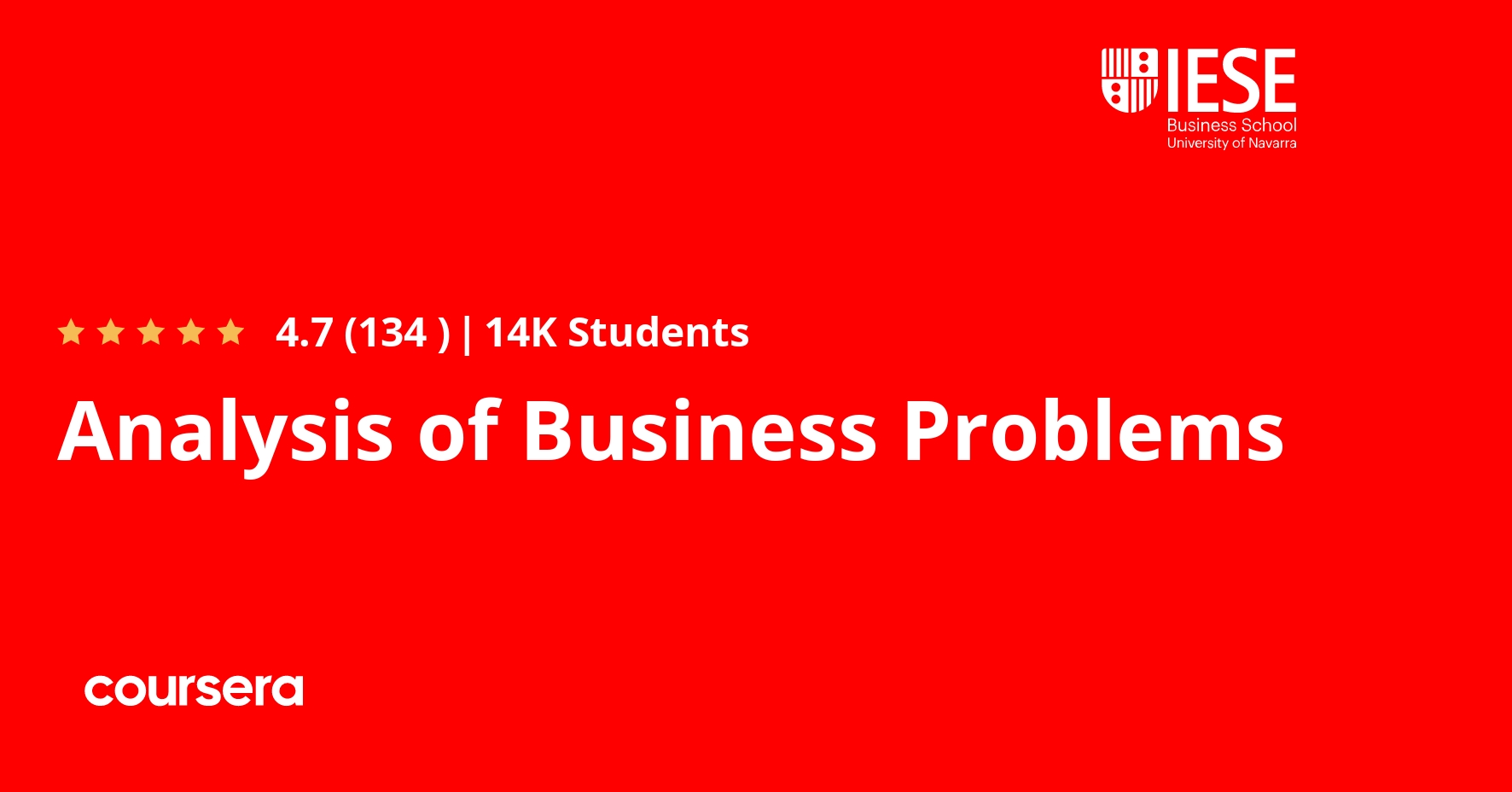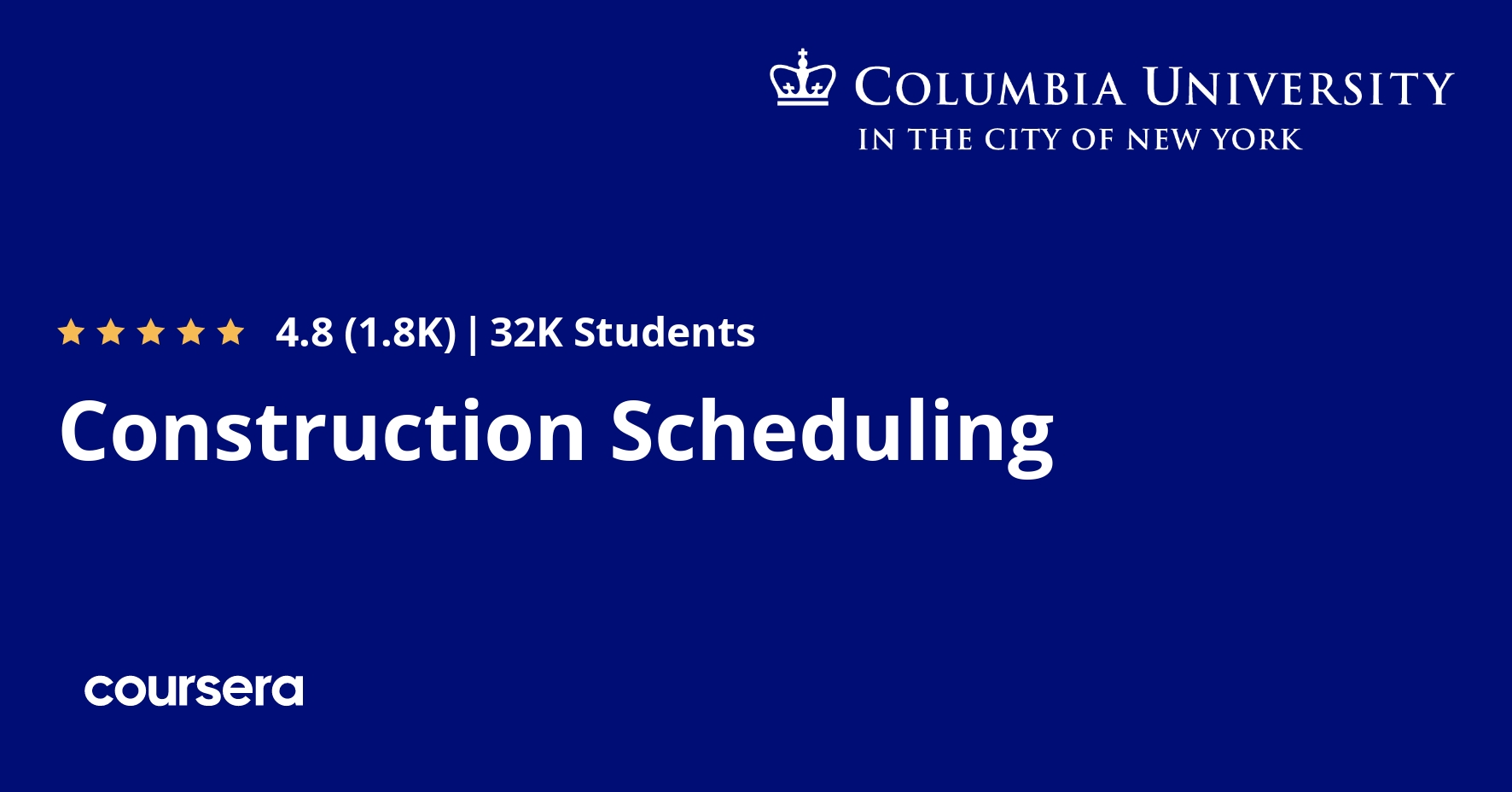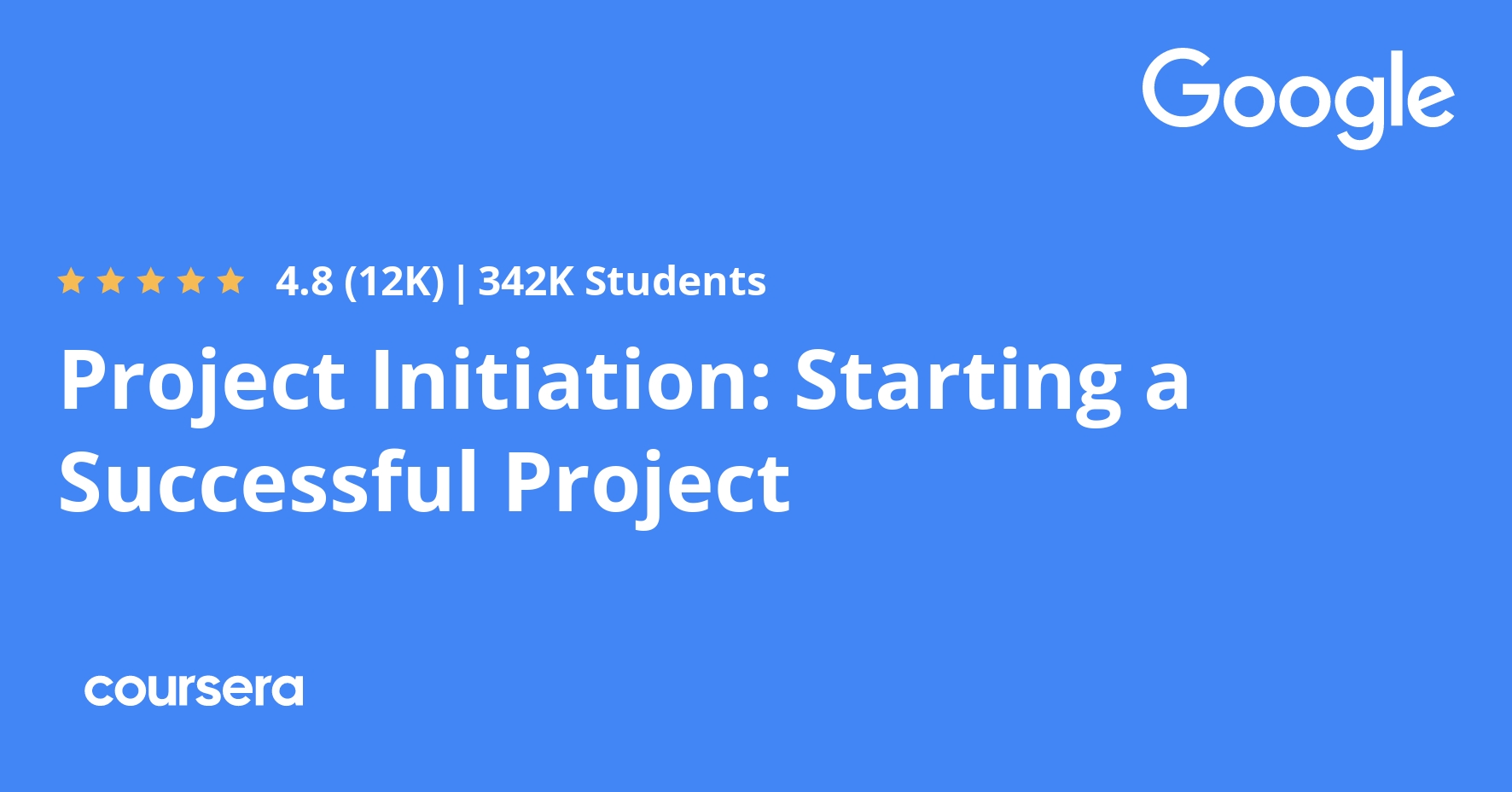Description
When does an opportunity to increase the bottom line become a liability for long-term brand sustainability and profitability? That is the question that GAS GAS, an off-road motorcycle manufacturer, is confronting.
In this culminating course, it’s time to use the business tools you have learned throughout the specialization to solve this real business problem. To help you as you develop a solution to the GAS GAS dilemma, in the Capstone you will also learn a six-step analysis of business problems methodology. By the end of the course, you will understand how to weave together considerations from accounting, finance, marketing and organizational behavior in order to arrive at a sound decision that will positively impact the firm’s future.
What you will learn
Course Overview and Week 1-Analysis of Business Problems: Capstone
Welcome! Before you start today’s videos, please have a look at the syllabus. In this first session, I’ll introduce you to IESE’s six-step Analysis of Business Problems (ABP) methodology. This methodology is a very useful tool to help managers in their principal responsibility: making decisions. Because most business problems involve financial, technical and human issues, they are by nature complex. No matter how much thought you put into it, there is no “correct solution” and certainly no guarantee that your decision will yield the desired outcomes. Learning this six-step methodology is therefore a great help to many mangers as they take on their decision-making challenges, such as the one that GAS GAS faces. Objectives: To give learners a relevant and effective tool to make managerial decisions.
Week 2: GAS GAS Marketing Problem
Now that you understand a bit of the history of GAS GAS, it’s time to analyze the situation from a marketing perspective. The decision to manufacture bikes for KTM will undoubtedly have an impact on consumers, branding, pricing and channels. Will that impact be positive or negative? Are the risks worth the long-term benefit? What should the CEO take into consideration when making a decision? By the end of the session you should have enough information to advise Ramon Puente about the relevant marketing issues. Objective: To apply the marketing concepts acquired in Marketing: Understanding Your Customers in order to evaluate and make a decision about GAS GAS.
Week 3: GAS GAS Finance Problem
In this session, we will evaluate GAS GAS’ history and current situation and discuss the potential financial effect of partnering with KTM. After looking at some of the concepts we discussed in Module 3 – need of funds for operations (NFO), working capital (WC), sustainable growth and more – the learner will be able to understand how the financial outlook will influence the ultimate decision. Objective: To apply the financial concepts acquired in Operational Finance: Building a Robust Business in order evaluate the GAS GAS problem from a financial perspective.
Week 4: GAS GAS Organizational Behavior Problem
All business decisions have a direct impact on people. So that the board makes the best decision possible, it is important to examine whether they have the most effective tools at their disposal from an Organization Behavior perspective. Who are the people on the board and how well do they work together as a team? Whatever they decide will affect GAS GAS employees. This is a critical consideration for leadership to take into account as they weigh the financial and marketing issues you have already discussed. Objective: To apply the organizational behavior concepts acquired in Organizational Behavior: Managing People in order to evaluate and help Ramon Puente make a decision about GAS GAS.






